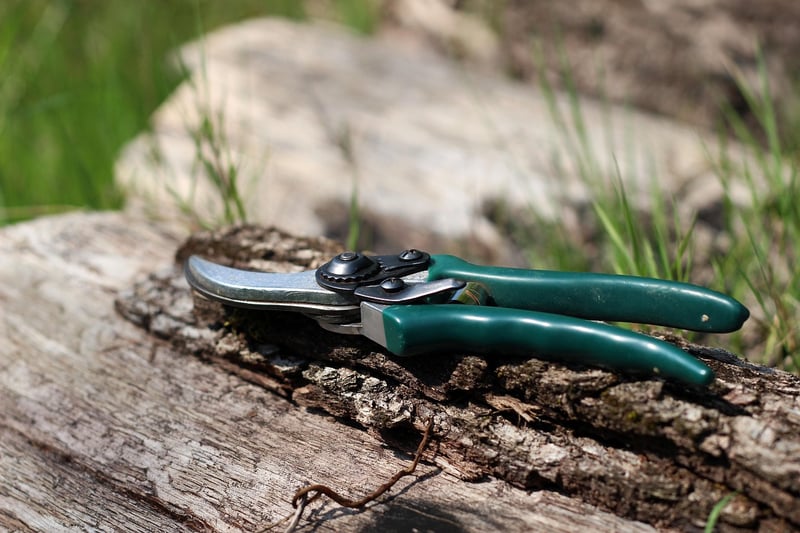Pruning techniques
Keep Your Garden Thriving with Proper Pruning Techniques
Having a beautiful garden requires not only regular watering and fertilizing but also proper pruning techniques to keep your plants healthy and thriving. Pruning is essential for maintaining the shape, size, and overall well-being of your plants. Here are some tips and techniques to help you master the art of pruning:
1. Understand the Basics
Before you start pruning, it's crucial to understand the basic principles. Make sure you have the right tools for the job, such as sharp pruning shears, loppers, and a pruning saw. Different plants require different pruning techniques, so familiarize yourself with the specific needs of each plant in your garden.
2. Timing is Key
Timing plays a vital role in pruning. Most plants should be pruned during their dormant season, which is typically late winter or early spring. However, some plants, like spring-flowering shrubs, should be pruned immediately after they finish blooming to avoid cutting off next year's flowers.
3. Remove Dead or Diseased Branches
One of the main reasons for pruning is to remove dead, diseased, or damaged branches. These branches not only affect the overall appearance of the plant but can also spread diseases to healthy parts. Cut them back to the nearest healthy bud or branch.
4. Maintain Shape and Size
Pruning helps control the size and shape of your plants. Whether you want to promote bushier growth or maintain a specific form, regular pruning can help achieve your desired look. Remember to cut just above a bud or a lateral branch to encourage new growth in the desired direction.
5. Avoid Over-Pruning
While pruning is essential, over-pruning can harm your plants. Avoid cutting off more than a third of the plant's foliage at once, as this can stress the plant and inhibit its growth. Take your time and step back occasionally to assess the plant's overall appearance as you prune.
6. Practice Makes Perfect
Pruning is a skill that improves with practice. Don't be afraid to experiment and learn from your mistakes. Each plant may respond differently to pruning, so take note of what works best for your garden. With time and experience, you'll become more confident in your pruning abilities.
By following these pruning techniques and tips, you can keep your garden looking its best year-round. Remember to research specific pruning requirements for each plant species in your garden and tailor your approach accordingly. Happy pruning!

For more information on gardening and pruning techniques, visit Royal Horticultural Society.
